Subscribe to:
Post Comments (Atom)
skip to main |
skip to sidebar

"Refuge to the man is the mind, refuge to the mind is mindfulness"-Buddha
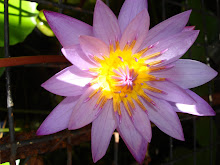



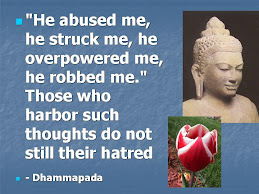

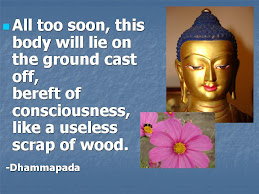
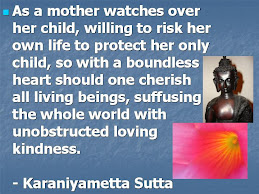
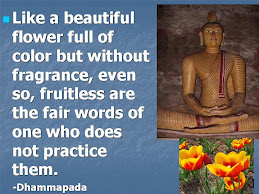
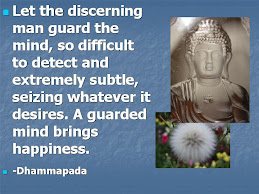

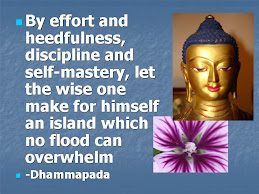

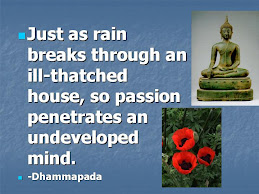


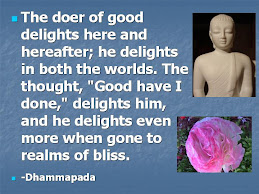
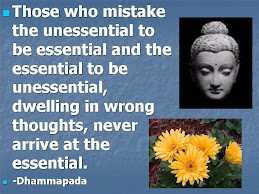
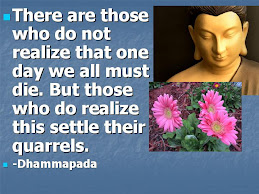
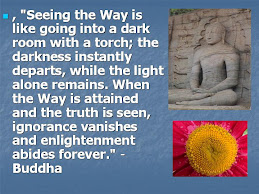

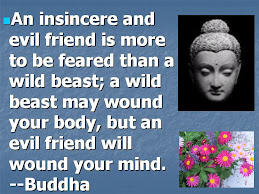
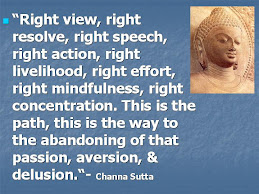

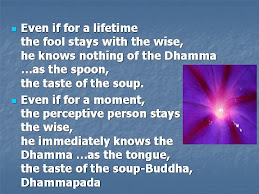


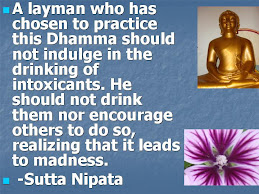
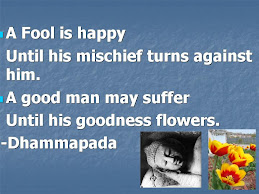
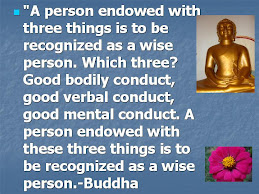

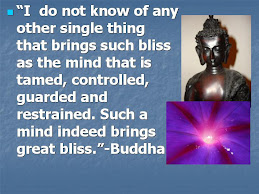
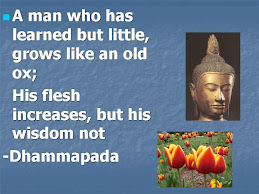
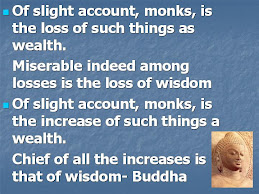
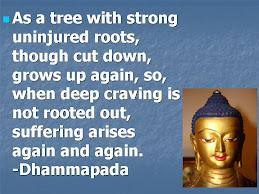
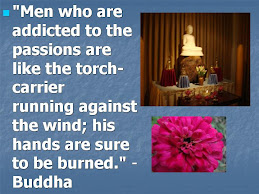


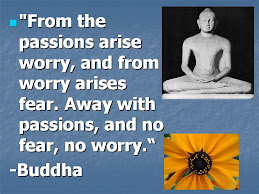
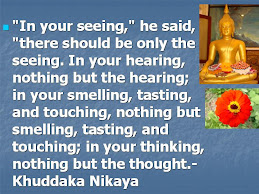




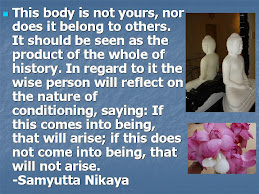
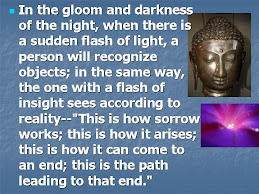













To Guide people to gain wisdom through practice of mindfulness, based on Buddhist principles.
Please visit my new blog
Total Pageviews
Followers
WHAT IS MINDFULNESS?
Mindfulness: A technique in which a person becomes intentionally aware of his or her perceptions, feelings, thoughts and mental phenomena in the present moment, skillfully. Objective of this site is to guide people to gain wisdom through practice of mindfulness based on Buddhist principles.
"Maha-satipatthana Sutta:The four foundations (focuses) mindfulness
HOW TO NAVIGATE THIS SITE MINDFULLY:
New to mindfulness: Go to Blog Archive and click on posts like: How mindfulness can help? Watch the video –“Life of Buddha”-BBC Documentary
Somewhat acquainted with mindfulness: Go to Blog Archive and click on posts like: Practice of mindfulness- “The four bases of mindfulness” and mindfulness in breathing. You can also explore specific topics related to mindfulness by clicking on the labels.
Well acquainted with mindfulness: Go to Blog Archive and you can browse through all the posts and the links. Some of these posts and links will help you to gain deeper understanding about the practice of mindfulness. In some postings you can read or listen to discussions on some of the original disclosures of the Buddha. This will also help you to gain more insights into the practice of mindfulness.
New to mindfulness: Go to Blog Archive and click on posts like: How mindfulness can help? Watch the video –“Life of Buddha”-BBC Documentary
Somewhat acquainted with mindfulness: Go to Blog Archive and click on posts like: Practice of mindfulness- “The four bases of mindfulness” and mindfulness in breathing. You can also explore specific topics related to mindfulness by clicking on the labels.
Well acquainted with mindfulness: Go to Blog Archive and you can browse through all the posts and the links. Some of these posts and links will help you to gain deeper understanding about the practice of mindfulness. In some postings you can read or listen to discussions on some of the original disclosures of the Buddha. This will also help you to gain more insights into the practice of mindfulness.
Mindfulness

"Refuge to the man is the mind, refuge to the mind is mindfulness"-Buddha
This blog is dedicated to Ven. Walasmulle Jinarathana Thero who inspired with his words of wisdom on impermanence, "What is present in this moment is changed within the next moment."
Blog Archive
-
▼
2011
(33)
-
▼
January
(6)
- How the Mind Works -A Model Based on Buddhist Text...
- How the Mind Works -A Model Based on Buddhist Text...
- How the Mind Works -A Model Based on Buddhist Text...
- How the Mind Works -A Model Based on Buddhist Text...
- How the Mind Works -A Model Based on Buddhist Text...
- How the Mind Works -A Model Based on Buddhist Text...
-
▼
January
(6)
About Me

- Dr. Piyal Walpola
- Toronto, Ontario, Canada
- I am happy to be here, I am kind to myself and I am not looking for anything.
What people had to say....
"I've looked at your blog and it is very interesting and informative"
-Dr. Richard J. Davidson
Professor of Psychology and Psychiatry
University of Wisconsin
"You have indeed enriched your site with so many important and pragmatic teachings of the Buddha. No doubt whoever will visit your site will find it pretty useful. Thank you for taking time to create this site for the benefit of the many"
-Bhante Saranapala, West End Buddhist Vihara, Canada
"What a terrific idea. I have looked through your site and it is very comprehensive and easy to read"
- Anne Dranitsaris, Ph.D., Centre for Mindful Therapies, Canada
"The blog site looks very professional. It's a wonderful venue for Dhamma. Well done. All the very best"
-Ajahn Viradhammo, Tisarana Buddhist Monastery, Canada
-Dr. Richard J. Davidson
Professor of Psychology and Psychiatry
University of Wisconsin
"You have indeed enriched your site with so many important and pragmatic teachings of the Buddha. No doubt whoever will visit your site will find it pretty useful. Thank you for taking time to create this site for the benefit of the many"
-Bhante Saranapala, West End Buddhist Vihara, Canada
"What a terrific idea. I have looked through your site and it is very comprehensive and easy to read"
- Anne Dranitsaris, Ph.D., Centre for Mindful Therapies, Canada
"The blog site looks very professional. It's a wonderful venue for Dhamma. Well done. All the very best"
-Ajahn Viradhammo, Tisarana Buddhist Monastery, Canada
Video Bar
Click on the first video clip shown in the series of frames taken from Youtube. Sometimes they keep changing. Please wait patiently for the clip you want to watch as listed in the title.
Rewiring Your Brain Through The Power Of Thought
Labels
- Agati (2)
- age related cortical thinning (1)
- Anapana Sati sutta (8)
- Anatta (3)
- Anatta Lakkana Sutta (3)
- anger management (18)
- Annata (3)
- Annoyance (3)
- Anxiety (7)
- Brain scans (1)
- Buddhist Society of Western Australia (3)
- Cancer (2)
- clinging (10)
- conceit (1)
- cortical thickness (1)
- craving (40)
- death (13)
- defilements (18)
- delusion (19)
- delusion (ignorance) (14)
- Dependent Arising /Origination (19)
- Depression (11)
- Dhamma (12)
- Dhamma Blogs (1)
- Dr. Richard Davidson (6)
- enlighten (9)
- factors of enlightenment (3)
- faith (conviction) (2)
- fault finding mind (3)
- fear (2)
- fetters (16)
- five hindrances (6)
- Five Spiritual Faculties (3)
- Four Noble Truths (16)
- greed (13)
- grey matter (3)
- happiness (7)
- hatred (15)
- heedfulness (1)
- impermanence (18)
- Jhanas (5)
- Kalyana Mitta (3)
- Kamma (11)
- letting go (8)
- loving kindness (16)
- M (1)
- MBSR (14)
- Meditation (20)
- Mental proliferation(papañca) (9)
- mind works (2)
- mind works model (38)
- mindful speech (10)
- mindfulness (41)
- mindfulness meditation (49)
- mindfulness practice (18)
- Mindfulness-bsed Cognitive Therapy (10)
- Mindfulness-bsed Cognitive Therapy(MBCT) (6)
- model (1)
- Morality (11)
- MRI (1)
- neuro plasticity (6)
- neuroplasticity (3)
- Nirvana (10)
- Niyama Dhamma (1)
- Noble Eightfold Path (25)
- Non-self (6)
- nutriments (4)
- Obesity (1)
- Origin of the World (1)
- psychotherapy (1)
- Rebirth (10)
- refuge (1)
- Right Intention (1)
- Right View (3)
- Sammaditthi Sutta (5)
- samsara (9)
- Satipatthana Sutta (14)
- Satipatthana Sutta (The Four Foundations of Mindfulness) (10)
- sensory restrains (51)
- sensuality (18)
- six fold senses (48)
- solitude (1)
- steam-winner (19)
- Sublime States (5)
- taints (11)
- The Five Aggregates (38)
- The five hindrances (2)
- The four elements (6)
- Three Characteristics (10)
- Unwise attention (Ayoniso manasikara) (1)
- vipassana (34)
- wisdom (10)
- Wise attention (Yoniso manasikara) (7)
- Wise attention(Yoniso manasikara) (5)
A Glossary of Pali and Buddhist Terms
Useful Links
- "Give yourself a big hug" - The art of loving-kindness and compassion to yourself
- Ajahn Brahm in Toronto 2008
- Buddha Space
- Buddha-Dhamma: Bringing Buddhism to the West
- Buddhist Society of Western Australia
- Dhamma Reflections
- Dhamma Talks & Writings of Thanissaro Bhikkhu of Metta Forest Monastery
- Exploring the Word of the Buddha: A Systematic Study of the Majjhima Nikaya
- Forest Wisdom
- Mindfulness
- My Mindfulness Blog
- The Buddha Diaries
- The Buddhist Blog
- The Buddhist Community, E-Sangha
- The Buddhist Wisdom Group (Face Book)
- Theravadin Theravada- Practice Blog
- Vipassana Fellowship-Buddhist Meditation in the Theravada tradition
- VISSUDHI.ORG
- Vitakka Vicara
Living with wisdom
"Though one were to live a hundred years without wisdom and with a mind unstilled by meditation, the life of a single day is better if one is wise and practises meditation"- Dhammapada, Buddha
Words of Wisdom

Popular Posts
-
Physical pain and mental pain are not the same. It is important to recognize these two as distinct entities. The physical pain of the bo...
-
Do you get annoyed or angry with people at work, home or on the road while driving? Yesterday I came across a woman driving a van with one h...
-
There is no absolute free will. But we have a will (intention). The mind is like a random thought machine. Initial thoughts are tri...
-
The religion of the future will be a cosmic religion. It should transcend personal God and avoid dogma and theology. Covering both the natur...
-
Taints are basic defilements of the mind. Pali term for Taints is Asava. The purpose of this post is to further examine the meaning of...
-
Have you ever got in trouble for not thinking before you speak? How many times have you told yourself, "maybe I shouldn't have ...
-
Imagine the whole of Dhamma as a "tangled ball of wool.” If you want to untangle it, contemplation on the five aggregates would be a go...
-
The Five Hindrances- Like a " clear a bowl of water" (still mind) with different contaminants or situations. ( Pleas...
-
Why do bad things happen to good people? This was one of questions asked by someone in my last post. Since the post about the death of my fr...
-
Do you feel lonely? Dont worry, just listen to this.





































































2 comments:
Hi
Great model. I have a question on feeling. They are either positive, negative or neutral. Where in the sequence of events shown in the model does the previous experience that would lead to these feelings being positive, negative or neutral come in?
Thanks
Thank you for the feedback. Here is an extract from a older post:
"Mental formations will give rise to applied and sustained thoughts. They may also give rise to mental proliferation (conceptual proliferation) of the thoughts about the past present and the future. This is a feedback loop back into the mind as mind objects so it can continue as a vicious cycle. There are also thoughts that can be retrieved from memory in mind consciousness back into the mind. Mind consciousness may leave imprints of your past memory as sort of "auto save copy" in memory of your computer. The past memory in turn can influence your feelings, perceptions and thoughts."
http://wisdomthroughmindfulness.blogspot.ca/2010/11/how-mind-works-revised-model.html
There are other related post in the blog that discusses how our past memory can influence present, feelings, perceptions and thoughts. I have also referenced some related scientific publications in some of the posts.
Here is a sample:
http://wisdomthroughmindfulness.blogspot.ca/2011/08/memory-contaminates-perception-imagery.html
I hope this is useful. I am working on a new post on craving. I will post this soon. This will explain it further. Please do not hesitate to ask any questions you have in the future.
Best Regards.
Piyal
Post a Comment